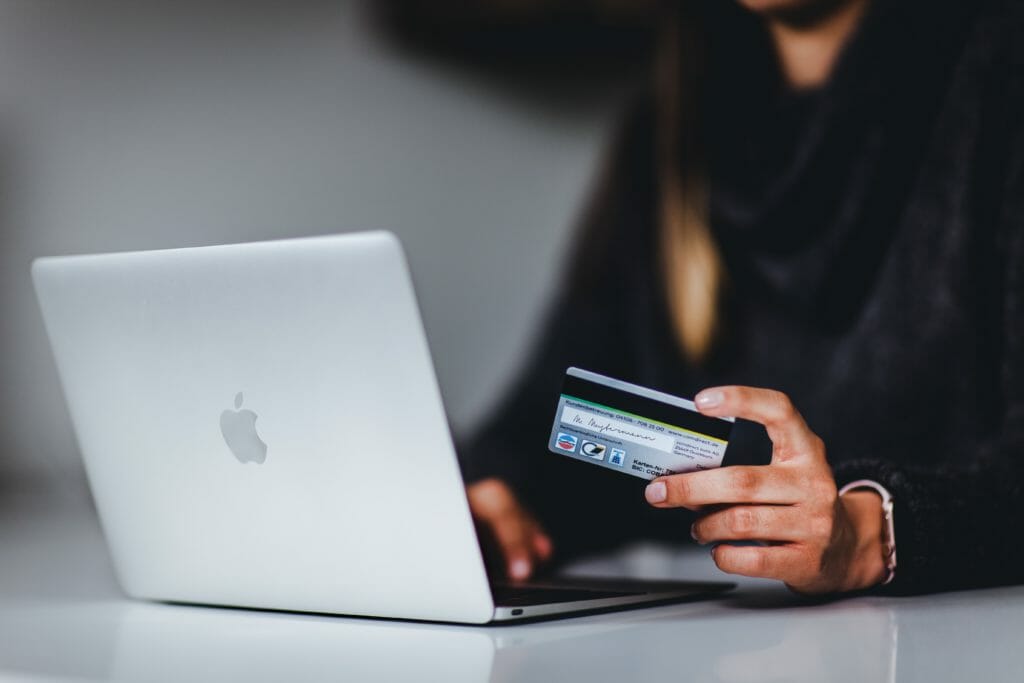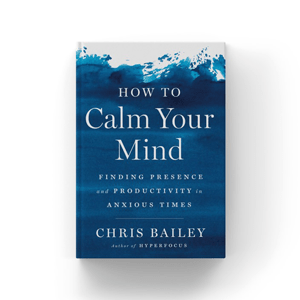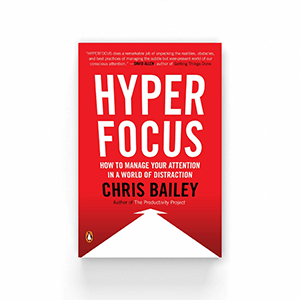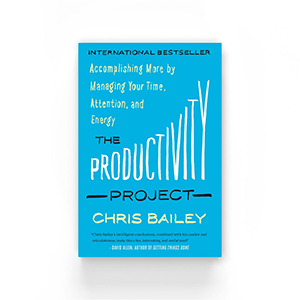
I’ve recently noticed more subscriptions creeping into my life: streaming video services, apps that have become an essential part of my workflows, and fitness services included. The subscription fatigue is real. This can be especially true for digital services that bill us regularly without providing something new and tangible with each charge. At the same time, this got me thinking: isn’t everything we replace a subscription service?
Take a pretty mundane example: toothpaste. When the tube runs out, you’ll replace it with another one, maybe from the same brand (41% of the time). The same holds true for when your phone sucks compared to the new ones, you run low on ketchup, or your clothes get faded or go out-of-fashion. Anything you repeatedly buy can be considered a subscription service.
This fits in with a topic I write about every once in a while: lifestyle inflation. I find itfascinating how, when some people make more money, their spending grows alongside their income, leading them to always live at the edge of their budget. Earning more means we can afford nicer things, and so we buy them—instead of saving the difference to buy back financial freedom down the road.
The problem with buying more stuff is that we rarely purchase something once. As we get used to nice things, our lifestyle inflates to the size of our paycheck. Eventually, the time comes when all that stuff needs to be replaced. At that point, we’re presented with the choice to downgrade (which never feels good) or pay the same amount again so we don’t feel like we’re backtracking on our quality of life or forgoing our favorite comforts.
Reframing what I consider a subscription service has changed my approach to buying new stuff.
First, I’ve started to think twice about buying new things—especially new categories of things, that I’ll just need to replace later on. If you’ve gotten by just fine in life not wearing perfume or cologne, avoiding a new and expensive fragrance habit is one less subscription service you have to pay for on a regular basis (assuming you wouldn’t find meaning in a perfume/cologne habit, of course). Resisting the urge to buy a new smart speaker for every room of your house, you won’t have to replace those when they look old and dated compared to the model that’ll be out in a few years time.
Second, and maybe more practically, I now think about what I buy on a cost-per-use basis, which lets me account for the replacement cost and lifespan of a product when comparing between products. This approach has started to save me money in surprising ways. A $200 pair of shoes I’ll wear for four years will provide twice as much value as a $100 pair that lasts a single year (the first pair costs $4.17/month, compared to $8.33/month). Similarly, an expensive desk for your home office may actually be a better value over time than a cheap one you replace three times before ponying up for one that’ll last. You may also be able to sell it for more: an important factor that slashes an item’s cost over time (if you sell an item when you’re done with it, you’re really just renting it).
This cost-per-use figure is admittedly difficult to calculate. But yet it’s one of the best tactics I’ve found to compare products. I’ve curiously also found myself becoming more averse to products that have some technology component—which usually makes something age far quicker and more poorly than something that’s well-crafted and analog. Some “smart bed” that pairs with an app to track your sleep quality is likely to deteriorate more quickly than a regular, more comfortable bed from a company that offers a 25-year warranty. You may spend more on the expensive bed, but your cost-per-sleep will likely be lower over time.
To sum it all up, one way to spend less is to cut back on the subscription services in your life. We don’t always notice these subscriptions—especially when they take the form of products we buy on a regular basis.
But remember: every product is a subscription service unless you only buy it once.




